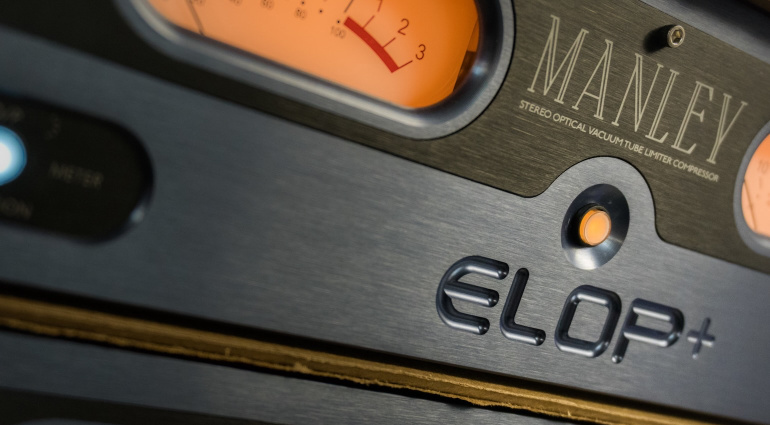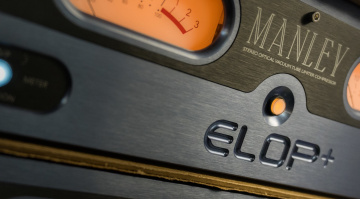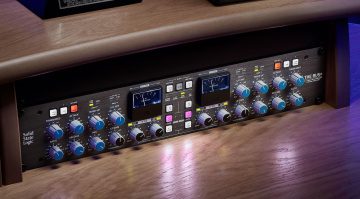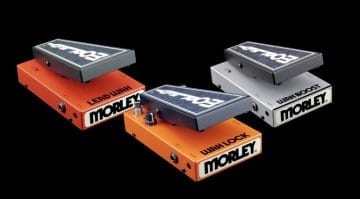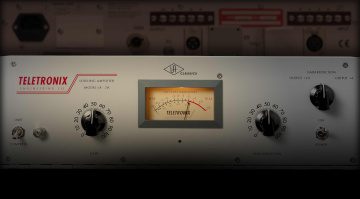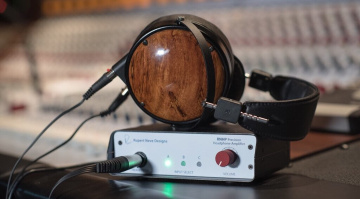Why do we still use Leveling Amplifiers in the Recording Process?
A historic look into different types of program dependant compressors.
So what exactly are leveling amplifiers? Is it just a fancy word for a compressor? Well yes, but there is slightly more to it than that.
In this Article:
Levelers are compressors that adjust the gain of a signal automatically according to the input level. They generally have fixed ratio, attack, and release settings which may sound rather limiting(pardon the pun).
Why do we still use Leveling Amplifiers?
However, the reason these famous designs are still relevant today is because of the incredibly musical results they produce. Levelers use various topologies such as tube, optical, variable-MU, FET, and sometimes a combination of multiple circuitry types.
You can find many different variants on the market in formats such as rack-mount, 500 series, and software plug-ins. Each has certain benefits and can be extremely useful for tracking and mixdown, particularly when working in the box.
Some designs aim to mimic and exceed the sonic quality of the classic levelers, while others might borrow from the basic blueprint with the aim of creating more versatile tools for today’s recording process.
Opto-controlled Leveling Amplifiers
Optical compressors and limiters use a Light Dependent Resistor(LDR) to regulate the dynamics of a signal. This process is non-linear and it is neither fast-acting nor particularly precise. However, it is the very reason they are so sought after for tracking and mixing.
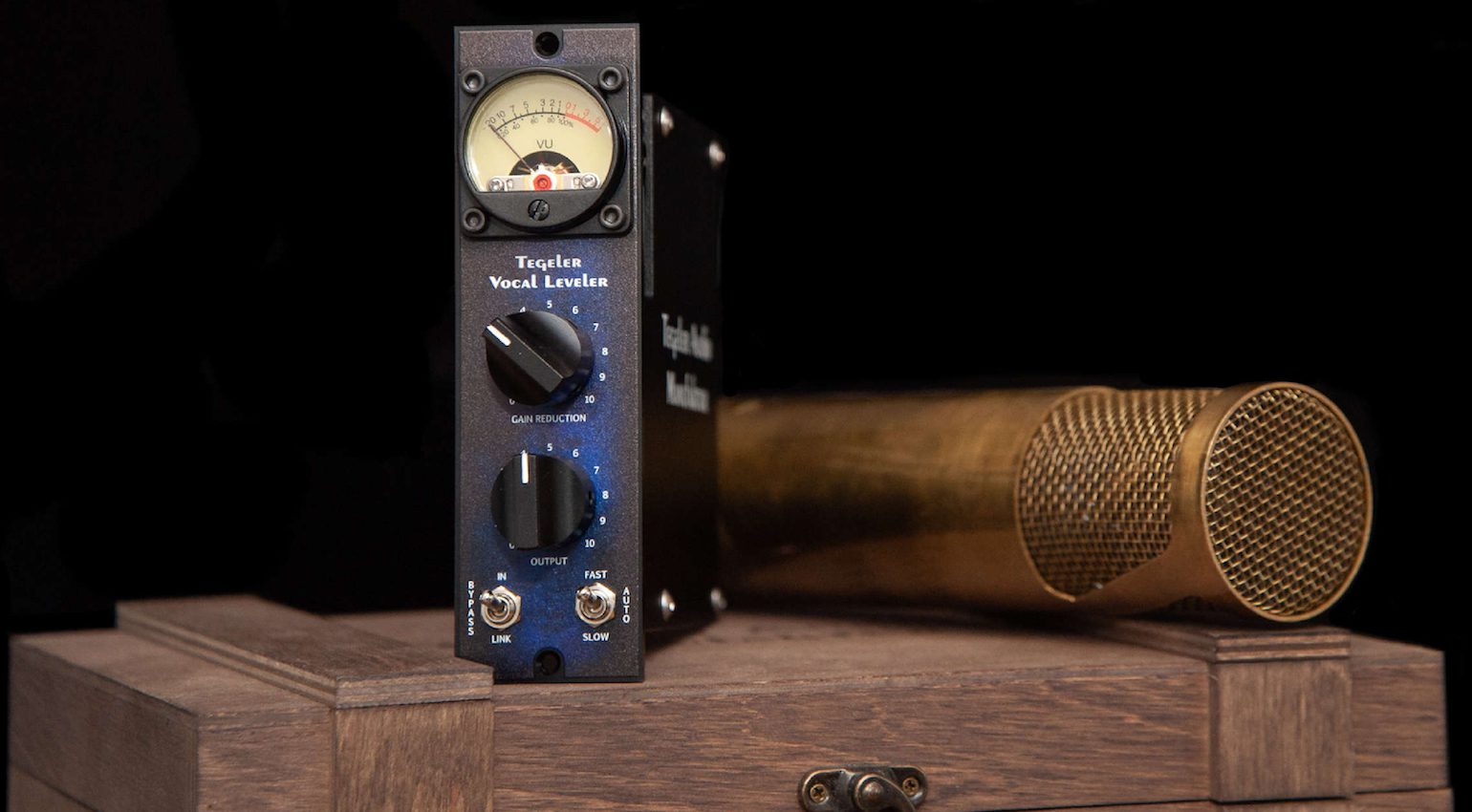
The resultant compression happens in an extremely natural and musical way. Listen carefully and you’ll find that even when high gain reduction is applied, the dynamics and character seem to remain preserved. This astonishing phenomenon is why optical compressors continue to be used to this day as one of the most coveted recording tools.
Bill Putnam’s Teletronix LA-2A from the early 1960s is arguably the most singular example of an optical leveling amplifier that has since inspired many other great designs. They are especially well-suited for vocals, guitars, mix bus, and even mastering purposes.
Here are some examples of opto-controlled leveling amplifiers in different formats:
- Plug-in: Universal Audio LA-2A
- Pedal: Effectrode Leveling Amplifier
- 500-series: Tegeler Vocal Leveler
- Rackmount: Manley ELOP

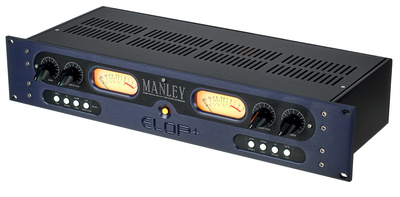
Tube-controlled Leveling Amplifiers
Tube levelers use vacuum tubes to control the gain of an input signal. Some designs may feature tubes at additional stages in the circuit or even a hybrid of tube and solid-state elements. While not typically as fast responding as VCA compressors, tube levelers are still faster than opto-controlled designs.
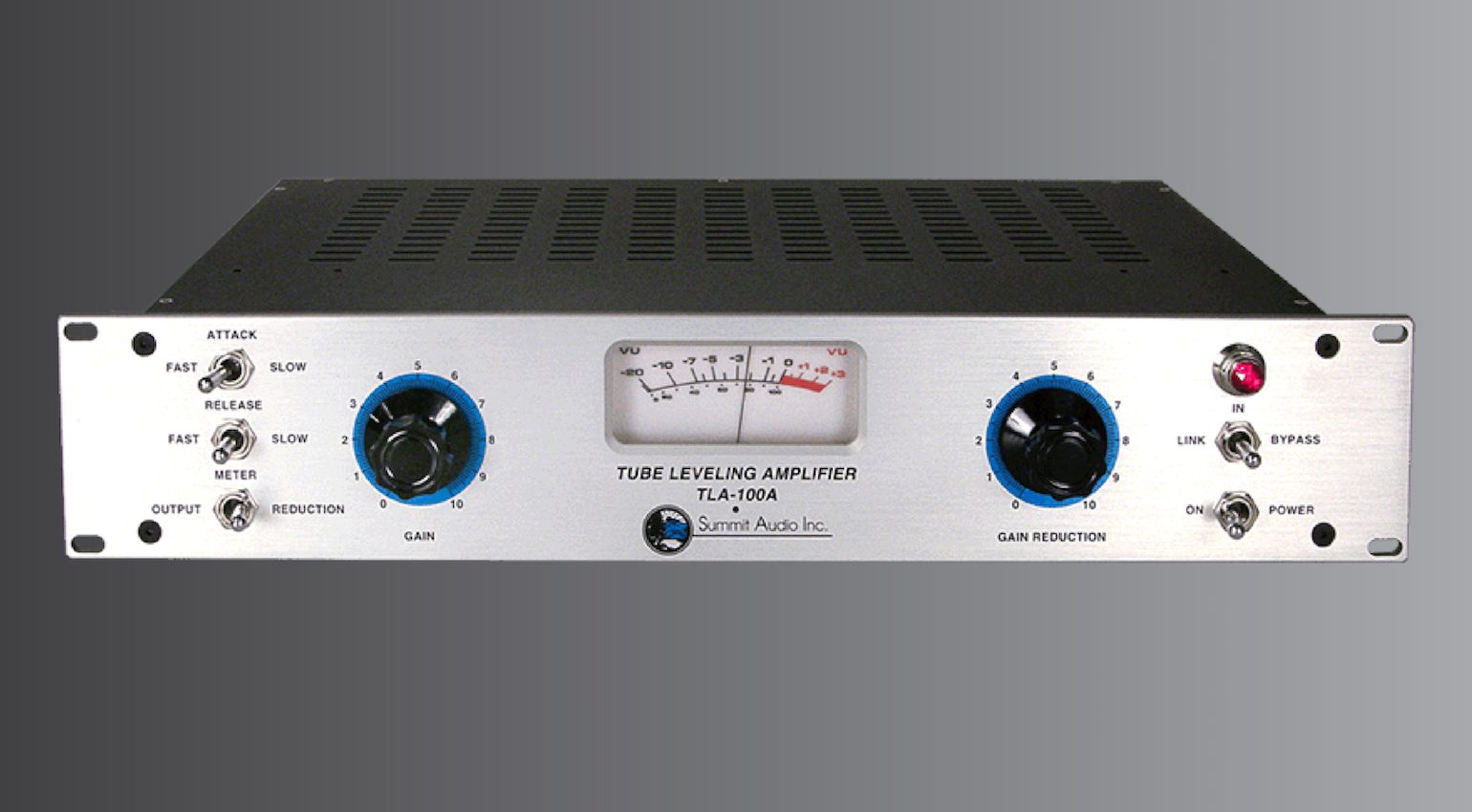
The compression happens through the re-biasing or remote cutoff of a tube. This means that the current rises and fades gradually, rather than instantaneously. Tube levelers are especially well-suited for vocal tracking, and have been used this way on our favourite recordings for over 60 years! They are also extremely useful for applying parallel compression.
Enhance your drum sub-mix, mix bus, overheads, or any signal with low-level nuances you wish to bring into focus. Famous tube levelers like the Gates Sta-level from 1956 and the Summit TLA-100 are still used extensively today.
Here are some examples of tube-controlled leveling amplifiers in different formats:
- Plug-in: Softube Summit Audio Grand Channel
- 500-series: Retro Instruments Doublewide II
- Rackmount: WesAudio Timbre

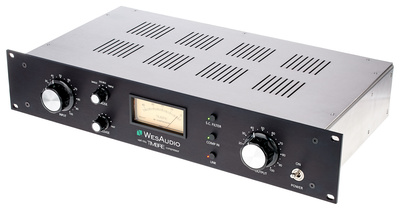
FET Peak Limiters
For the most part, FET limiting amplifiers or peak limiters are generally classed as compressors rather than levelers. However, because of their design and application as some of the most widely used set-and-forget compressors available, we can put them in a similar category. Feild-effect transistor or FET technology was a definitive move away from the use of vacuum tubes in the mid to late 1960s.

Bill Putnam’s iconic UREI 1176 LN went on to become one of the most essential recording tools ever produced to this day. FET compressors respond faster than optical or tube-controlled compressors. This makes them far more versatile and better suited for shaping transients.
Although they may not offer as wide a dynamic range as tubes, transistors bring their own coloration and texture to the sound. This makes 1176-style compressors useful in almost any application. Use it on vocals, guitars, bass, and drums.
Here are some examples of FET peak-limiting amplifiers in different formats:
- Plug-in: Arturia Comp FET-76
- Pedal: Origin Effects Cali76 Compact Deluxe
- 500-series: IGS Audio 576 Blue Stripe
- Rackmount: Black Lion Audio BLUEY

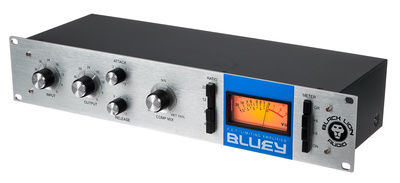
Which are your favourite applications for leveling amplifiers? Please let us know in the comments below!
More about Leveling Amplifiers:
- History of the LA-2A
- SSL bus compressors
- All about compressors
- Thomann’s Guide to Compressors
Videos:
*This post contains affiliate links and/or widgets. When you buy a product via our affiliate partner, we receive a small commission that helps support what we do. Don’t worry, you pay the same price. Thanks for your support!
 4,8 / 5,0 |
4,8 / 5,0 | 